The traditional Russian painting is one of the world’s most important schools of thought. Through generations, artists and artists’ ideas of teachers have been passed on to students. To this day, Russia produces outstanding works in technical perfection and with love for the subject.
This generally acknowledged high quality of traditional Russian painting is all the more amazing considering the fact that icons were created exclusively in this country for more than 800 years. With the opening to the west at the time of Peter the Great, the timid transition from egg-tempered wood on wood to the oil painting on canvas took place in the first foremost portraits. But it was not until the beginning of the nineteenth century that the subject of content and style could be talked about free painting. However, there was still a deficit of pictorial knowledge. This should change in the following decades.
In a fast-paced learning process, the Russian artists became knowledgeable about the Italian, Spanish, German and Dutch masters already since the renaissance. This development is already evident in the works of Alexander Ivanov, Pavel Fedotov and Ivan Aivasovsky. The abandonment of the old classicist ideals, which was arranged at the Imperial Academy in St. Petersburg, founded in 1765, allowed the Russian painters to connect with their Western colleagues. The artists left their dusty studios and painted in the open. Learning the laws of atmospheric depth and the interplay of light and shadow brought about rapid changes. The color palette was brighter and brighter. The emphasis was on the use of detail painting.
The group “Wanderer” was formed by the great figures of Sawa Mamontow and Pawel Tretyakov. With its national contributions from 1874 to 1923 for the art departments of the world exhibitions in the most important European metropolises, the triumph of the Russian school began.
The objectives of this group were: sincerity, truth, reality and modernity. Its prominent members were: Alexei Sawrasov, Vasily Perov, Ivan Shishkin, Ivan Kramskoy, Vasiliev Poland, Vasily Surikov, Ilya Repin, Valentin Serov, Vladimir Makovsky, Isaak Lewitan, Archip Kuindschi, Viktor Vasnetsov, Konstantin Korovin, Mikhail Wrubel and Mikhail Nesterov.
The founding of the group “Wanderer” marked the start of a unique period of intensive exchange of ideas and experiences between the artists of Western and Eastern Europe. Henri Matisse noted with astonishment at Surikov’s work Bojarin Morosowa:: “He knew everything.” When Korowin died in Paris in 1939, he was considered one of the best Impressionists ever.
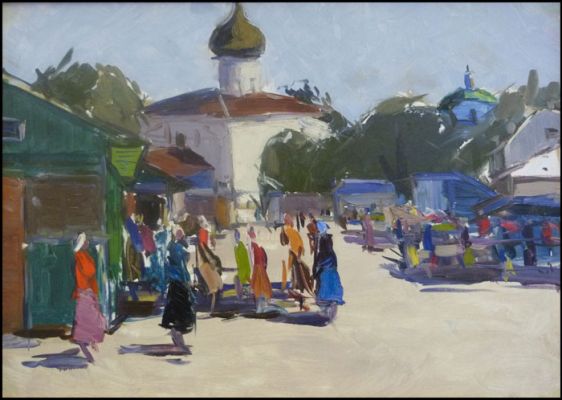
There are, however, differences between French and Russian Impressionism: Russian Impressionism is usually more powerful and stronger than French Impressionism. While the French moved in the world of the bourgeoisie, the Russians were occupied with scenes from the life of the common people. When post-impressionism in France led to a further picture resolution, the Russian artists continued to be more realistic in their executions.
Maintaining these principles leads to incomparable results up to the present day and makes the value of realistic Russian painting. Many artists were trained at the St. Petersburg Repin Institute, at the Surikow Institute in Moscow, at the schools of Stroganow and Kalinin and the Grekow Kunststudio. There were well-known schools in the province in Vladimir, Ivanovo, Kastroma and Yaroslavl. The academies in Abramzewo and Polenowo and the Akademiedatscha in the region of Iwer had central importance as artistic destinations for the common summer internships. The selection of the students took place at a high level of standards. Their work had had to face tough tests. Balanced compositions and clear statements were required -and achieved.
Therefore, the works created by the old and young generation of painters of the Russian school have and will always retain their validity.

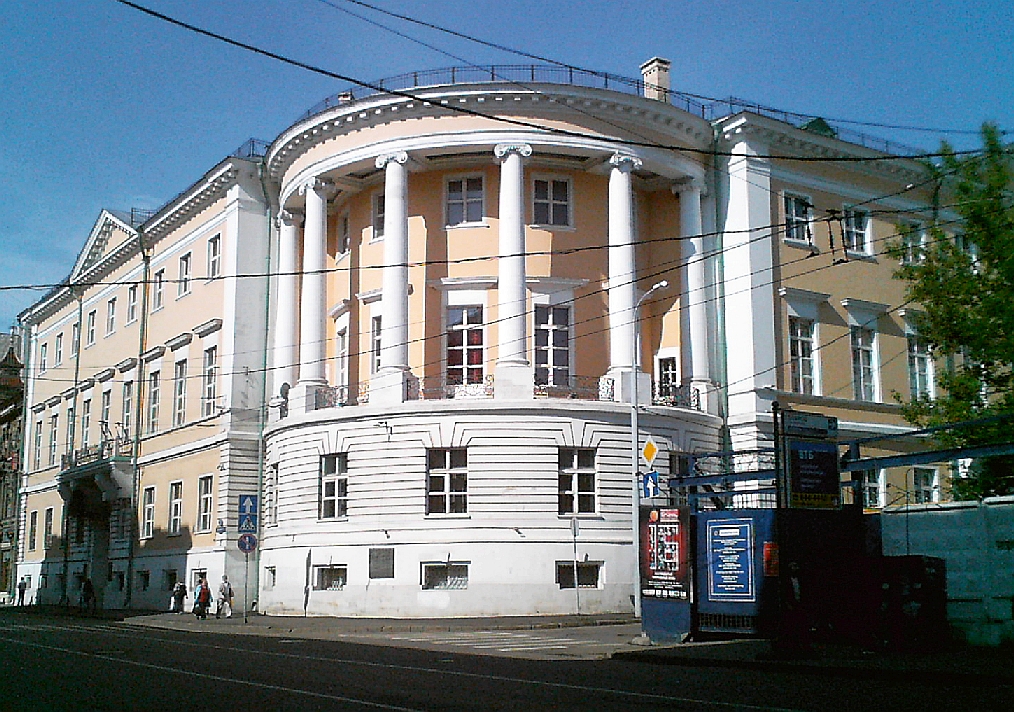
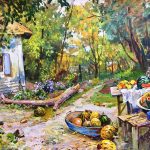
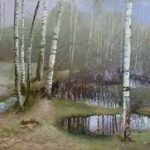
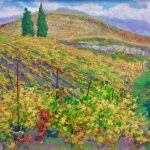

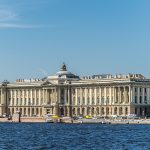
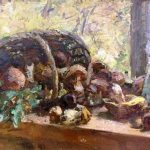
0 responses to “Russian Painters”